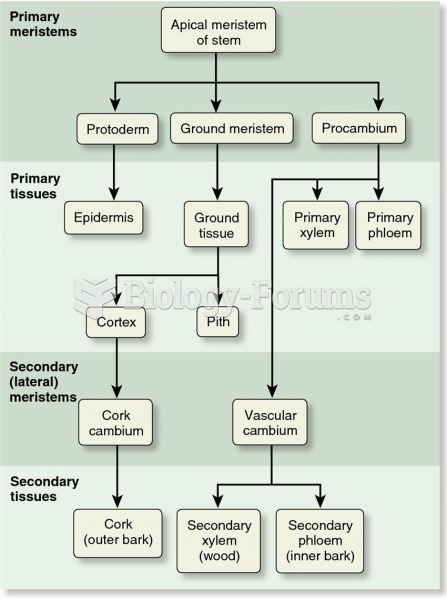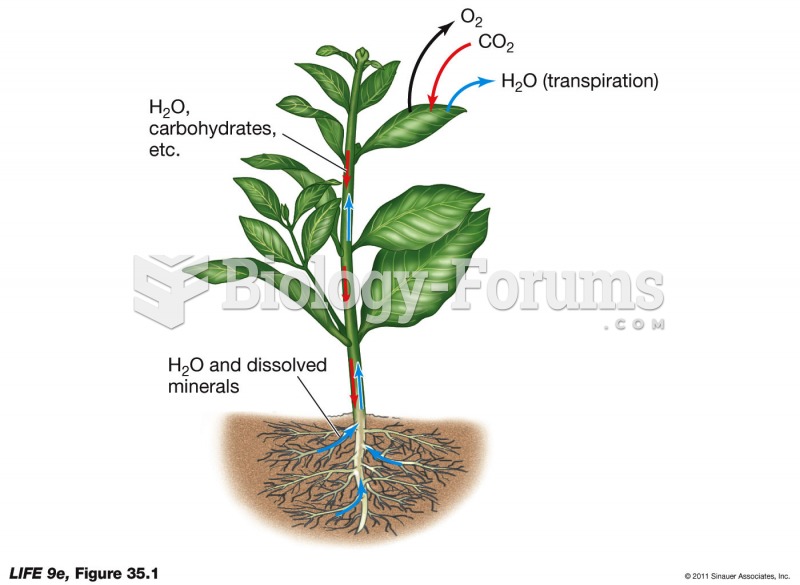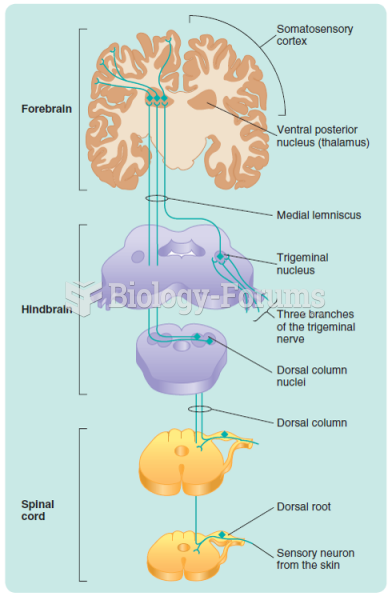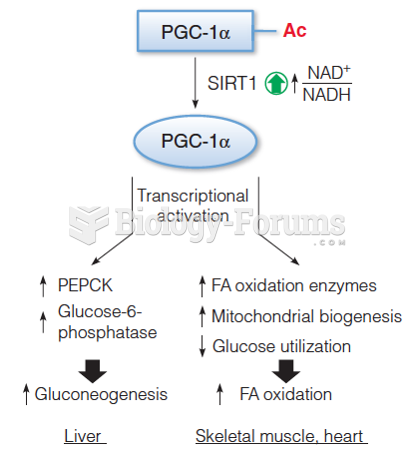(1) There types of post-secondary institutions offer unique credentials that serve as pathways to different kinds of careers. (2) The first type of post-secondary institution is the university. (3) At universities, students first earn a bachelor's degree that prepares them for professional positions in education, medicine, engineering, and many other fields requiring four or more years of study. (4) The second type of post-secondary institution, the community collegeoffers associate degrees. (5) Some of these degrees, which can be earned in as little as two years, prepare students to transfer to a university to continue working toward a bachelor's degree. (6) Many other associate degrees serve as the minimum credential needed to enter careers such as nursing, machining, legal assisting, and office administration. (7) A third type of post-secondary institution is the vocational-technical or career college. (8) These schools typically offer a certificate upon completion of a short-term training program (usually 18 months or less) in fields such as culinary arts, truck driving, plumbing, or hair styling.
Which of the following sentences contains a transitional expression that indicates classification?
A) Sentence 3
B) Sentence 4
C) Sentence 6
D) Sentence 8
Question 2
(1) There types of post-secondary institutions offer unique credentials that serve as pathways to different kinds of careers. (2) The first type of post-secondary institution is the university. (3) At universities, students first earn a bachelor's degree that prepares them for professional positions in education, medicine, engineering, and many other fields requiring four or more years of study. (4) The second type of post-secondary institution, the community collegeoffers associate degrees. (5) Some of these degrees, which can be earned in as little as two years, prepare students to transfer to a university to continue working toward a bachelor's degree. (6) Many other associate degrees serve as the minimum credential needed to enter careers such as nursing, machining, legal assisting, and office administration. (7) A third type of post-secondary institution is the vocational-technical or career college. (8) These schools typically offer a certificate upon completion of a short-term training program (usually 18 months or less) in fields such as culinary arts, truck driving, plumbing, or hair styling.
What writing pattern does this paragraph employ?
A) Classification
B) Cause and effect
C) Definition
D) Persuasion







